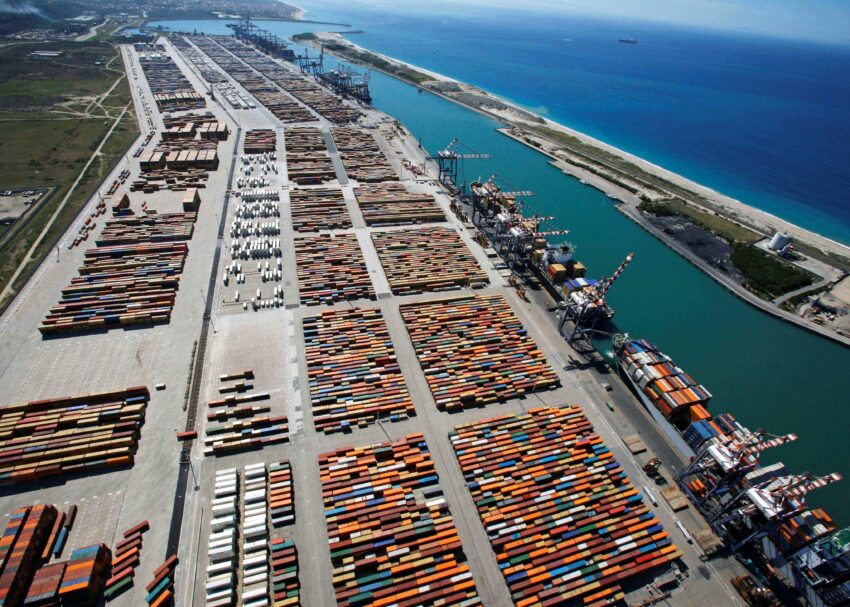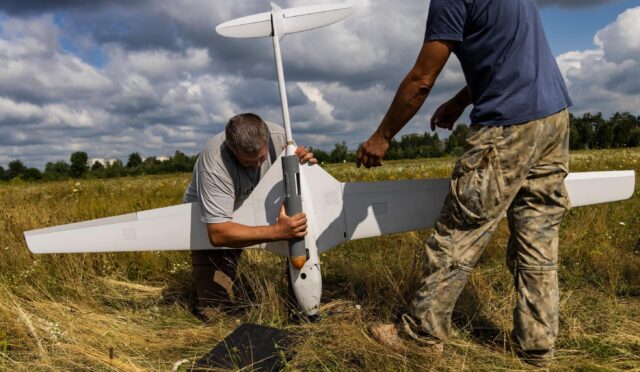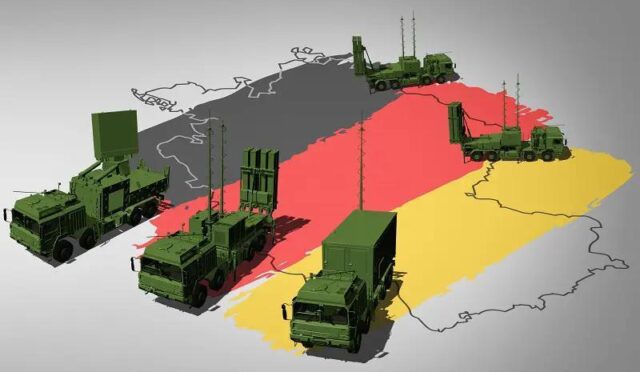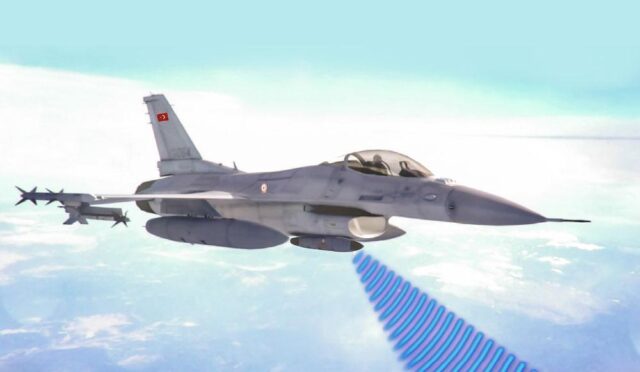European Port Defense Project Enhances Maritime Security
Indra has officially launched an innovative European port defense initiative aimed at significantly enhancing maritime security. Dubbed the Smart Maritime and Underwater Guardian (SMAUG) project, this initiative integrates cutting-edge technologies including artificial intelligence, sonar systems, and unmanned underwater vehicles. With a budget of €6 million (approximately $6.26 million), the project leverages Indra’s proprietary iSIM solution, employing four key methodologies to tackle security challenges at sea.
The SMAUG project employs acoustic detection techniques to identify small autonomous underwater vehicles through a sophisticated network of hydrophones. In addition, sonar technology is deployed to conduct thorough surveys of harbor seabeds, while high-resolution sonar inspections are performed to uncover submerged objects that are typically challenging to detect. Notably, the initiative also features a coordinated swarm of underwater drones, specifically designed to autonomously identify potential threats and combat illicit trafficking activities. This versatile system is not limited to port environments; it has the potential for application in coastal regions and maritime boundaries as well.
Addressing Geopolitical Tensions
The urgency of the SMAUG project is underscored by the current geopolitical climate, characterized by rising tensions and the global proliferation of unmanned underwater vessels. These advancements in maritime security technology are essential in safeguarding coastal areas and ensuring the integrity of maritime operations. As maritime threats evolve, the need for innovative solutions to monitor and protect vital waterways has never been more critical.
Juan Roman Martínez, head of Indra’s SMAUG project, emphasized the significance of the initiative, stating, “This project signifies a major advancement in maritime security, bolstering safety and fostering international collaboration in combating illicit activities in the maritime domain.” This collaborative effort aims to create a robust defense network that can swiftly respond to emerging threats.
Collaboration Across Europe
Leading the charge in this ambitious endeavor, Indra is at the helm of a consortium that brings together 22 partners from seven European nations, including Estonia, France, Germany, Greece, Italy, Norway, and Spain. This diverse group comprises universities, research institutions, small and medium enterprises, law enforcement agencies, public authorities, and coast and border guard organizations. The collaborative nature of the project aims to harness a wide range of expertise and resources to build a comprehensive maritime security framework.
As the project coordinator, Indra will utilize its iSIM solution to effectively analyze, integrate, and process data from a variety of physical security systems. This includes hydrophones, underwater scanners, drone swarms, autonomous vehicles, and satellite surveillance systems. According to Indra, this integration will provide a holistic and interoperable view of port security, enhancing operational efficiency and facilitating real-time decision-making.
Enhancing Operational Efficiency
The SMAUG project is designed to not only improve safety measures but also to streamline operations within European ports. By assimilating data from port management systems alongside physical security technologies, the initiative promises to deliver a more cohesive and efficient security strategy. This integrated approach will empower port authorities to respond more effectively to incidents, ensuring a safer maritime environment.
Furthermore, the project aligns with the European Union’s Horizon Europe program, which aims to drive research, development, and innovation across the continent. By leveraging funding and support from this initiative, Indra and its partners are poised to develop solutions that will set new standards in maritime security, thereby benefiting not only local ports but the entire European maritime landscape.







